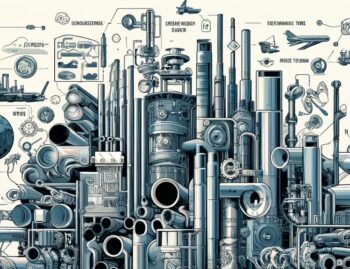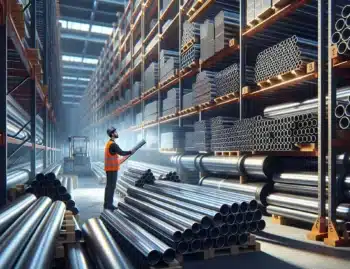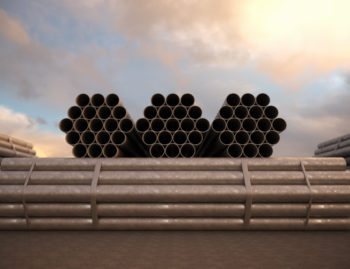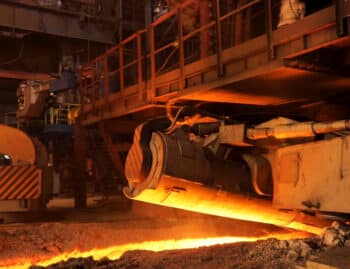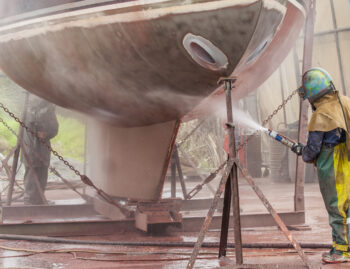1. Iron Content
The defining difference between ferrous and non-ferrous metals is in their iron content. Both types may be pure or alloys. In general, ferrous metals contain iron. The very word ferrous comes from the Latin word for iron, ferrum. This is the reason iron is given the abbreviation Fe in the periodic table of elements. They may be cast iron, steel, or another type of iron-containing metal. Stainless steel is a common form of ferrous metal. Non-ferrous metals, on the other hand, do not contain any iron. These metals may be raw metals, purified metals, or alloys. Common non-ferrous metals include aluminum, copper, tin, and precious metals like gold and silver.
2. Magnetism
Have you ever noticed that the same magnet that sticks to your stainless steel refrigerator does not have any attraction to your gold ring? If so, you have discovered another general difference between ferrous and nonferrous metals. Ferrous metals are usually magnetic while nonferrous metals are not. This property allows the two types of metals to be identified and sorted easily.
The reason for this is that iron is a very polar molecule. The electrons in its atomic ring are not symmetrical. When iron encounters a magnetic field, its electrons are pulled to one sign of the atom. This creates the attraction between ferrous metals and magnets. Non-ferrous metals generally are only attracted to a magnet when an electrical field is run through them, which polarizes their electrons.
3. Oxidation
Another key feature of ferrous metals is that they can be oxidized, which we commonly call rusting. Because of the polarity of iron, it is highly likely to lose an electron to other polar molecules such as water. This makes the iron atom more positive, and thus more likely to bond to the oxygen in water, creating iron (III) oxide. Iron (III) oxide is the powdery red metal we call rust.
Some ferrous metals, such as stainless steel, do not rust. This is because they have been combined with a nonferrous metal that balances the iron atom and makes it less likely to lose an electron and begin the process of forming rust. Nonferrous metals do not rust.
4. Tensile Strength
A last distinguishing feature of ferrous metals is that they usually have very high tensile strength. Steel, for example, is one of the strongest metals in the world. Tensile strength is the ability to undergo a great deal of force without breaking or deforming. This is due to a mixture of strength and flexibility. While there are some very strong non-ferrous metals, such as titanium, few metals are as capable of bearing weight or undergoing force as iron alloys.
Ferrous and non-ferrous metals are very different because they have different atomic chemistry and interact with their environment in unique ways. Both types of metal are important to the modern world and used in a variety of ways.


